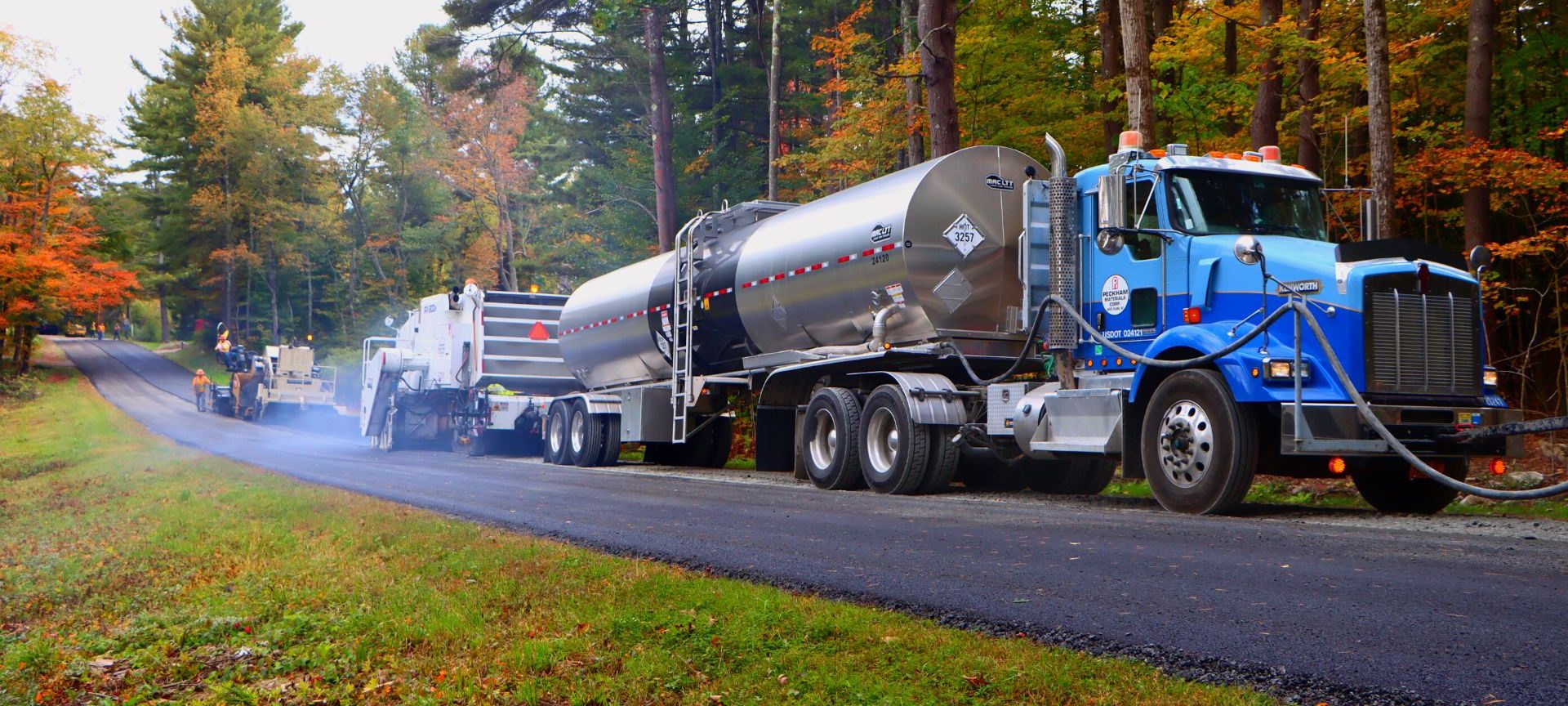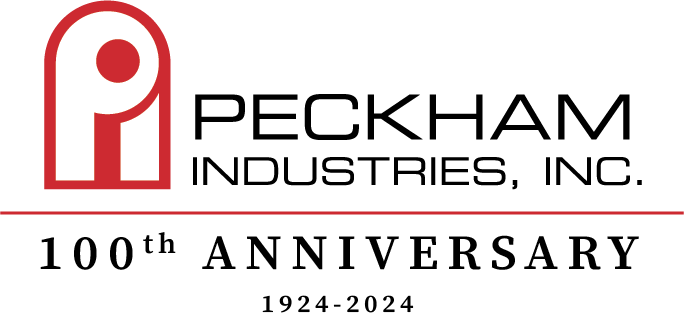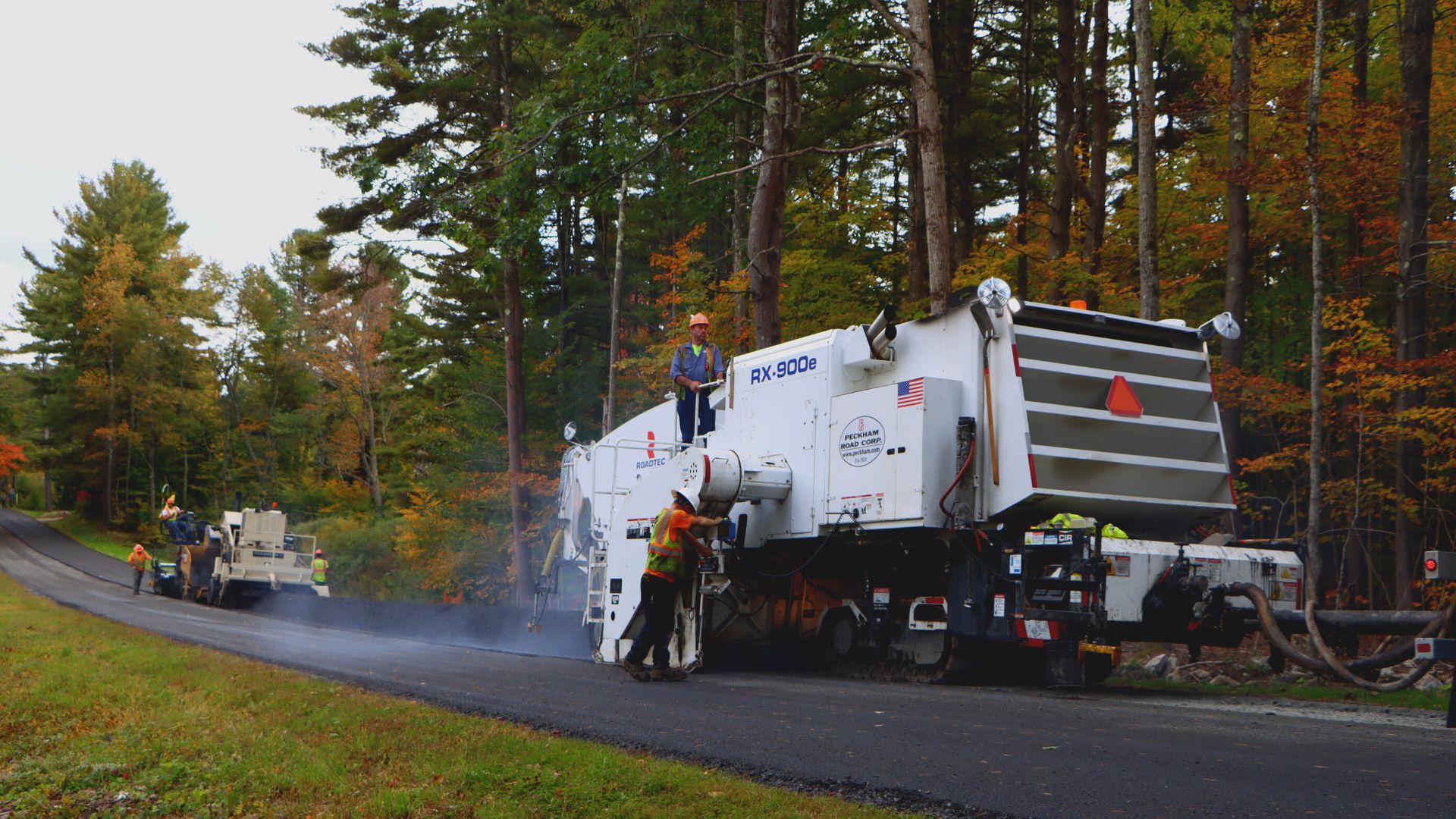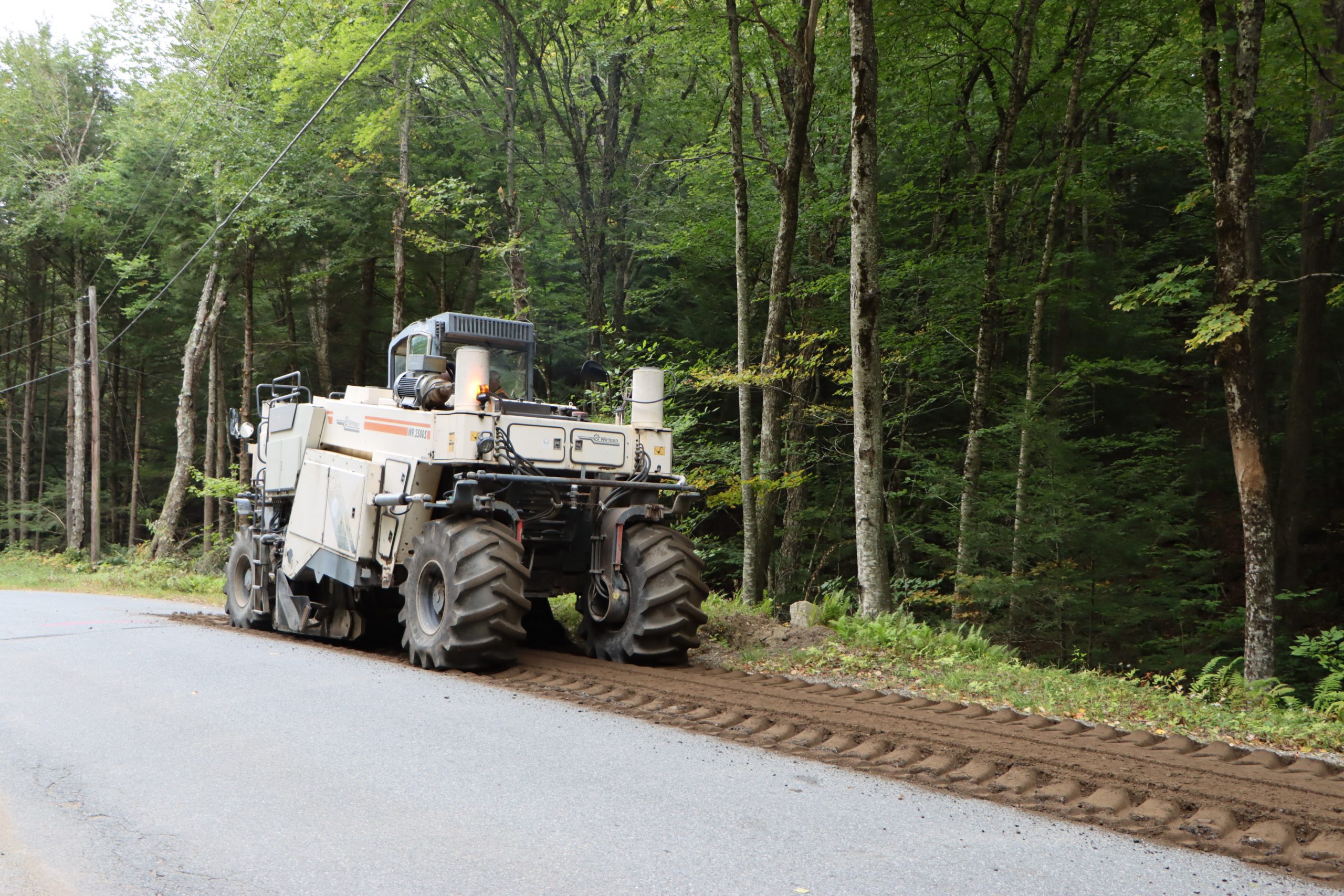Stabilization Additives

Foamed Asphalt & Asphalt Emulsion
The introduction of emulsified or foamed asphalt transforms an ordinary reclaimed road into a superior stabilized base. Asphalt stabilization creates a flexible, bound base layer with greatly increased structural capacity and reduced fatigue resistance.
Candidates for asphalt stabilization are subjected to a rigorous and time-tested engineering process. The first step is to sample the existing roadbed to analyze its basic composition. The samples are then taken to the lab and tested to determine the best application for the road.
The construction process begins with initial pulverization of existing pavement and underlying subbase to create a uniformly blended base. The material is then fine graded and compacted. Once the road is re-profiled, the reclaimer makes a second pass to incorporate the asphalt to a depth of 4”-8”. The asphalt is precisely metered through spray bars across the inside of the drum, and the material is mixed within the drum of the machine to ensure uniform coverage. Treated material is then compacted and fine graded again. After a curing period of 3-10 days, a surface course is added.
Benefits of Foamed Asphalt Stabilization for Roads
Foamed asphalt technology is a timely and cost effective road stabilization solution in which road deterioration can be suspended and costly reconstruction (removal of subbase) avoided. This process can be applied to dirt or gravel roads to reduce maintenance costs and increase the service life of aging roadways. Full depth reclamation with foamed asphalt can be applied in every North American climate to preserve and upgrade pavements.
Foamed asphalt is formed by carefully injecting a predetermined amount of water and pressurized air into hot performance-graded asphalt in the mixing chamber of the reclaiming machine. The resulting foamed asphalt, which will expand up to 10-15 times its original volume, is dispersed through specially designed nozzles on the spray bar of the reclaimer. This process does not require evaporation, enabling the foamed asphalt to immediately adhere to the mixture from the initial pulverization. The pulverized mixture can then be formed, shaped and compacted to form a new flexible construction standard with a structural coefficient comparable to conventional HMA mixes. A curing period is not necessary so the surface is immediately readied for a wearing course, which can range from double chip seal for low-volume roads to hot-mix asphalt for high-volume roads.
Benefits of Emulsified Asphalt Stabilization for Roads
Full depth reclamation with asphalt emulsion is a very versatile recycling application that reduces stripping and reflective cracking.
Asphalt emulsion is a liquid made from a mixture of asphalt, water and emulsifiers. Slow setting anionic and cationic emulsions such as SS-1, CSS-1, and CSS-1h are used in FDR due to their ability to blend with and coat fine aggregates. In-place reclamation with asphalt emulsion requires a curing period, during which the emulsion breaks and sets. Breaking occurs when the water from the emulsion evaporates and the bitumen droplets rejoin to coat the aggregate particles, creating a stable and cohesive reclaimed base layer. Upon curing, the residual asphalt retains all of the adhesion, durability, and water-resistance of the asphalt cement from which it was produced and is ready for an overlay. A variety of wearing courses can be used.
Portland Cement
By introducing soil particles or aggregates and Portland Cement into the mixing process, Portland cement stabilization produces a cohesive material that provides compressive strengths. When mixed with water, compounds within the cement bind soil and aggregate particles together, forming a cement material that provides high-quality and high strength for use in areas where construction platforms or all-weather surfaces are needed. Sometimes roads are built on such poor materials that it seems hard to believe they could be put to any kind of valuable reuse. This is where Portland cement stabilization can work wonders.
Road Reclaiming Stabilization Applications
As with all of our products, the process begins with the development of an engineered mix design, tailored to maximize improvement of the existing conditions. Accurate sampling and lab testing are critical to success, and our technicians are industry experts.
Our fleet includes state-of-the-art cement spreaders that enable the precise application of any needed amount of cement and allow us to tackle any job, anywhere. Our reclaimer follows the spreader truck, tilling in the cement and a metered application of water to create a strong cementitious base that is subsequently fine-graded and compacted in preparation for a pavement overlay.
Soil Stabilization
It’s common, in the early stages of heavy site construction, to discover that soil conditions are not all that could be hoped for. Compounded by constant truck and equipment traffic, these conditions can quickly cost a contractor a lot of time and money.
Fortunately, our long history of successful soil stabilization projects can solve these problems. Soil stabilization corrects poor soil conditions and lowers construction costs. Our work on a wide range of sites, including landfills, warehouse building pads, and housing developments, proves the effectiveness of using Portland cement or lime to stabilize and strengthen even the poorest soil conditions.
Liquid Calcium Chloride
- Reduced susceptibility to freeze-thaw effects
- Improved strength
- Facilitated compaction
- Dust control
Liquid calcium chloride injection is the simplest and most cost-effective way to add stability and strength to your recycled low-volume roadbed:



